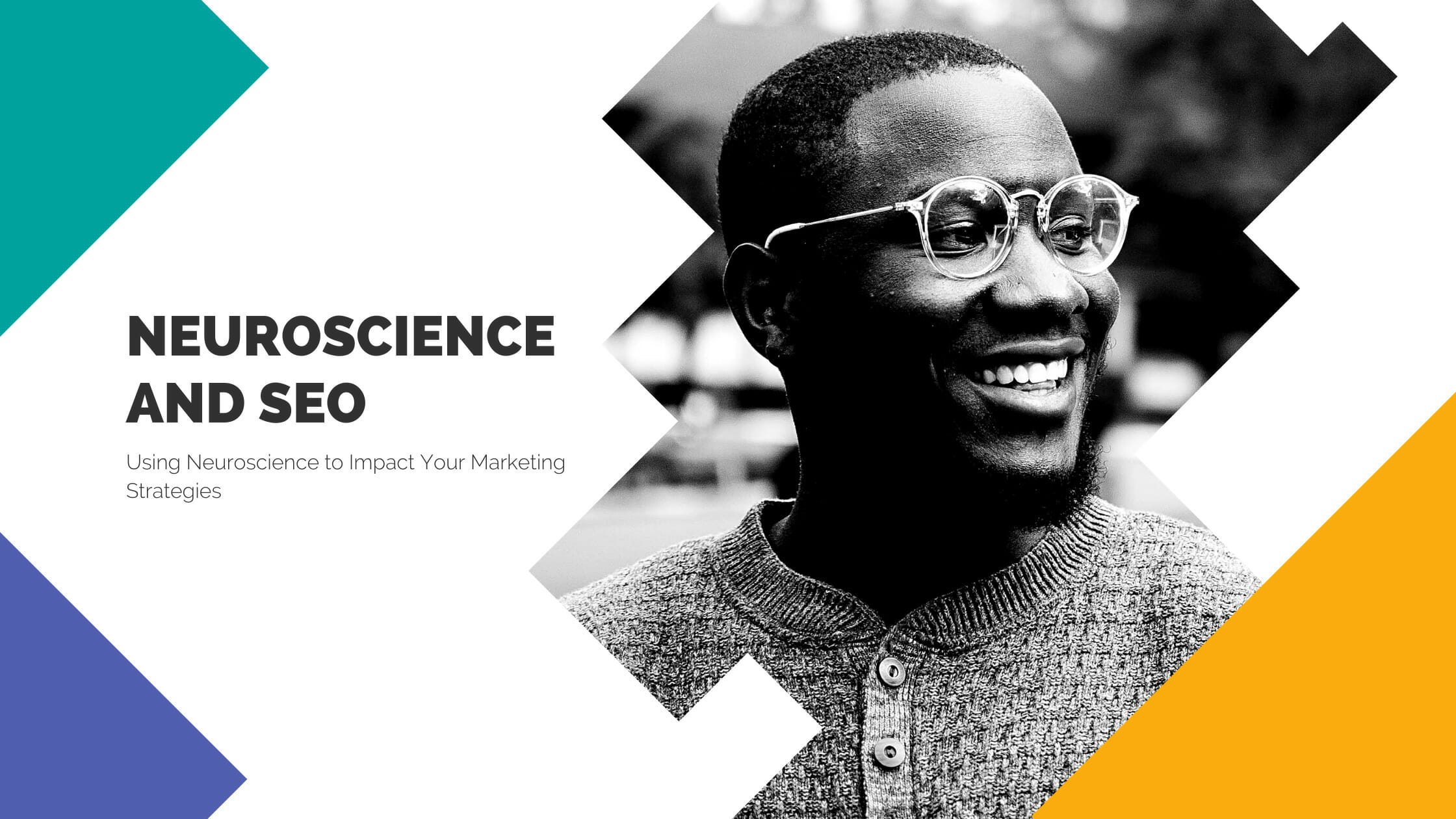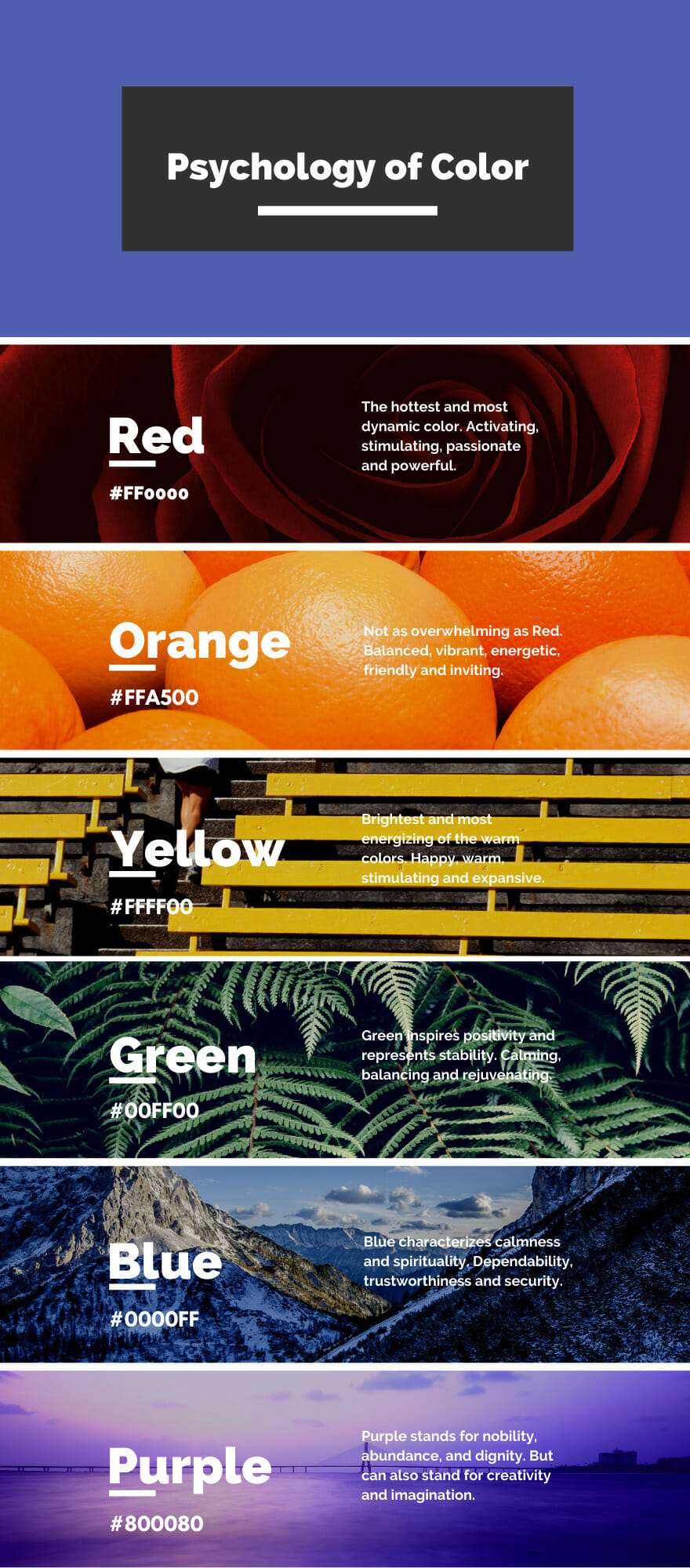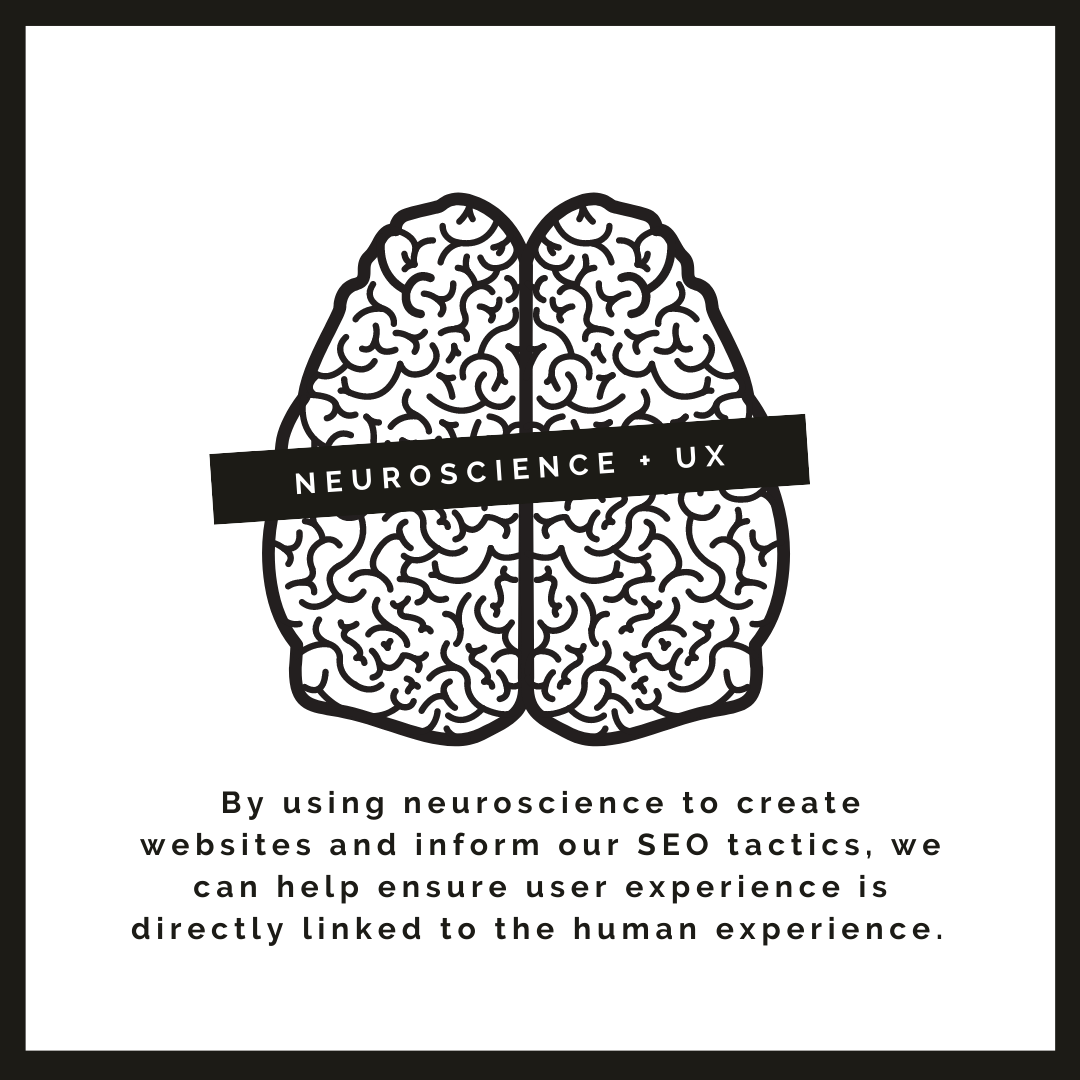As technology creeps closer and closer to understanding and emulating the human psyche, we as marketers and consumers are beginning to see the effects in our everyday lives. Where we once had to type truncated key phrases into search engines to ensure proper interpretation, we can now speak our questions aloud conversationally as AI devices gather the answers. Where we once may have been blissfully unaware of impending health crises, our watches can now alert us to seek treatment. These technologies are, overall, a wonderful addition to modern life, allowing us security and access to entertainment, health advice, and information faster than ever.
These changes are now creating an interesting shift in the world of SEO. Though marketers have always known that including emotion-based information can help effectively pull in clients, the general consensus has been that it’s better to stick to SEO metrics that produce hard data for analysis and study. In general, advertisers have stayed away from what they call, “fluffy metrics” that depend on emotion and often-murky neuroscience rather than quantifiable activity.
Times Are Changing
While the metrics may be harder to monitor, incorporating neuroscience not how we search for, display, and process information is a natural next step for an industry focused on streamlining the human experience. As a result, where we once avoided incorporating aspects of neuroscience into SEO that were difficult to quantify, we are now starting to use them to our advantage.
Aspects of Neuroscience in SEO
Neuroscience is a fairly broad term, which makes sense, as the human brain itself is incredibly complex and difficult to understand.
Broadly defined, neuroscience as the study of the brain and nervous system includes aspects of anatomy and physiology, molecular biology, mathematics, and even computer science. From what we understand right now, some of these neuroscience disciplines can help us create dependable results when it comes to the humans that interact with our web pages.
As any SEO-savvy marketer knows, creating a website that is intuitive and simple to interact with is the ultimate goal. These interactions are more likely to last longer and prove more productive, boosting search engine rankings and the general standing of a website while maximizing sales and other conversions. This is how neuroscience can help increase website engagement.
Here are some common categories of neuroscience that can be integrated into your SEO strategies for more interaction.
Color Theory and Psychology
Psychologists have known for a while that color plays an important role in people’s thoughts, behaviors, and feelings. Whether this is simply because of societal conditioning or inherent instinct is unclear, but the end result is the same. Humans have been proven to react in similar ways to certain colors:
- Red. The hottest and most dynamic color. Activating and stimulating, this bold color is known to evoke assertion, courage, determination, energy, excitement, passion, desire, sexuality, strength, leadership and vigor.
- Orange. Not as overwhelming as red, but still bold. Orange is balanced, vibrant, energetic, friendly and inviting. Science reports people associate orange with success, creativity, warmth, health, happiness, fun, determination, sexuality, freedom and compassion.
- Yellow. The brightest and most energizing of the warm colors. Happy, warm, stimulating and expansive. This color has been shown to prompt mental activity, inspire cheerfulness and joy, and grab attention. However, too much yellow has been shown to become disturbing to viewers.
- Green. Known for inspiring positivity and representing stability, green is calming, balancing and rejuvenating. Green also works well for expressing growth, freshness, harmony, safety, ambitiousness and relaxation.
- Blue. Often used in healthcare and business marketing, blue says trust, loyalty, sincerity, confidence, stability, faith, intelligence, tranquility and calmness. Blue characterizes calmness, spirituality as well as safety and security.
- Purple. The color of royalty, magic, and mysticism. Many folks find this color to be stabilizing, in theory because purple is a combination of two other stabilizing colors: blue and red. Purple is a luxurious color, and implies wealth, nobility, abundance, and dignity. But can also stand for creativity and imagination.
- Pink. Not as commonly used in big brand marketing, pink implies youth, tenderness, and vulnerability. It’s calming, non-threatening, and associated with femininity and nurturing. It can be a great balance as a supporting color when a brand is overly masculine and wants to bring in some feminine elements.
- White. In general, people associate white with purity, perfection, cleanliness, and goodness. White is usually seen as an indicator of a new beginning, and most people have a positive association with the color.
- Black. For most of the western world, black is easily associated with funerals and mourning. To many, it symbolizes fear, negativity, evil, mystery, and unknown. Dark and heavy designs tend to work well for serious messaging and as a counterbalance to a bright color pallet.
Loss Aversion
Loss aversion is another key neuroscientific tactic when it comes to boosting website traffic and creating business. On its most basic level, loss aversion describes how humans are constantly concerned that they’re missing out on a positive opportunity. In fact, the vast majority of us have either heard of or experienced what many call FOMO, or the fear of missing out—that intrinsic, automatic, drive to avoid not being able to participate.
While it may seem cruel, capitalizing on this very human condition can do wonders when it comes to digital advertising. Even if someone held only a mild interest in your site or product, if they feel that they’re risking missing out on something, they’re much more likely to take the time to browse. This can be especially effective for sales on ecommerce websites. Whether you have an item low in stock, a discontinued special, a sale going on, or some other option that you want people to notice, including the risk of loss into your web copy and content can help you catch viewer attention.
Social Proof
Humans experience a natural motivation to do what their peers are doing. The need to be an accepted part of a group stems back to our basest, most animal instincts, with the primitive parts of our brain understanding that there is safety in numbers. Using this basic instinct is one of the most straightforward ways to get people interested in and willing to navigate through to your site.
Displaying the amount of customers you currently have or giving real time updates on signups and followers can provide an automatic sense of trust and build user interest. Collaborating with major companies or influencers can help you prove you have social clout. If users see that other people are consistently using your product, service, or website, more of them are going to want in—it’s just how our brains work.
The Element of Surprise
Most of these neuroscience-based techniques have the secondary effect of reminding us that very little of the information on the internet is unique. Whereas at one time, there may have only been a few websites covering niche topics, there are now hundreds, thousands, or even millions. Depending on the search, to the user there is often not a large amount of difference between the first few results on an SERP, especially if the search terms are relatively straightforward.
Our brains are designed to flush unnecessary information from our consciousness on a regular basis, which is a problem for brands trying to draw user attention. In a sea of information that appears the same, how is one website or brand supposed to stand out? One route neuroscientists suggest is to surprise the user. Surprises grab attention, cutting through the sea of sameness to become prominent in the minds of the user. Tactics like personalized email marketing and e-cards, a catchy tagline, a surprisingly innovative new website, and more are some of the few ways to stand out when practically everything a person could ever want to know is a Google search away.
Neuroscience Creates an Emotional Pull
Humans are emotional creatures, whether we want to admit it or not, which is one of the major aspects of our makeup that differentiates us from computers. At the root of each of the above tactics is the power of using emotion to drive marketing. As you can see, neuroscience-based methods can elicit an emotional response from audiences, creating the impetus to act in the ways you want. Though all of the above tactics work well in creating an emotional response, each of them does so by subtly appealing to the user’s emotions.
Sometimes, simply making content openly emotional can be an effective way to pull in viewers. Take Bing’s 2013 Heroic Women Ad.
The content has little to do with the search engine itself, but it was so emotionally impactful at a time where women’s liberation was once again beginning to creep to the forefront of American thought, that it served to make a lasting impression on user minds. Bing used strong music with an empowering message and dubbed over lines from inspirational speeches by women. By linking itself to the birth of a movement that already had inspired deep, meaningful feelings in its users, Bing created an advertisement that had little to do with logic and everything to do with emotion—and it worked.
Emotions Drive Decision
What’s perhaps most important to note about emotional pull is that it has incredible clout when it comes to affecting our decisions, a concept that is especially true when money is involved. Every one of us can likely think of an instance where we purchased an item for ourselves or a loved one that didn’t make much logical sense. Perhaps the product in question was something that didn’t have an important function in our daily lives, or a new version of something we already owned that still worked perfectly fine.
If these purchases aren’t logical, why do we make them? It’s simple: emotion has a great deal to do with how we make decisions in life, including purchase decisions. If every decision were logical, we would live with the bare necessities and nothing more. In reality, few of us do that. As a result, emotions are a key driver behind most of the neuroscience-based marketing tactics listed above.
Neuroscience + UX
Using neuroscience to drive advertising and marketing success is not a new concept. Marketers have known for years that human beings are most swayed by emotional appeals over other tactics. However, with the evolution of SEO, leveraging the science of the brain really began with understanding the customer, their journey and optimizing every step with the right keywords and content.
Now, in addition to building on critical SEO elements like target keywords and on-page optimization, SEO experts are adding elements of the advertising techniques that drove the Mad Men to success. Playing on emotions, incorporating color to make important page elements pop, and showing users what they could be missing are all ways of using neuroscience elements to encourage the human brain to desire access to your website, products, and services.
While this doesn’t directly improve your ranking based on traditional SEO criteria, it certainly does improve UX, which is more important than ever as Google’s Core Web Vitals add a new set of standards for a successful website. By using neuroscience to create websites and inform our SEO tactics, we can help ensure user experience is directly linked to the human experience.






